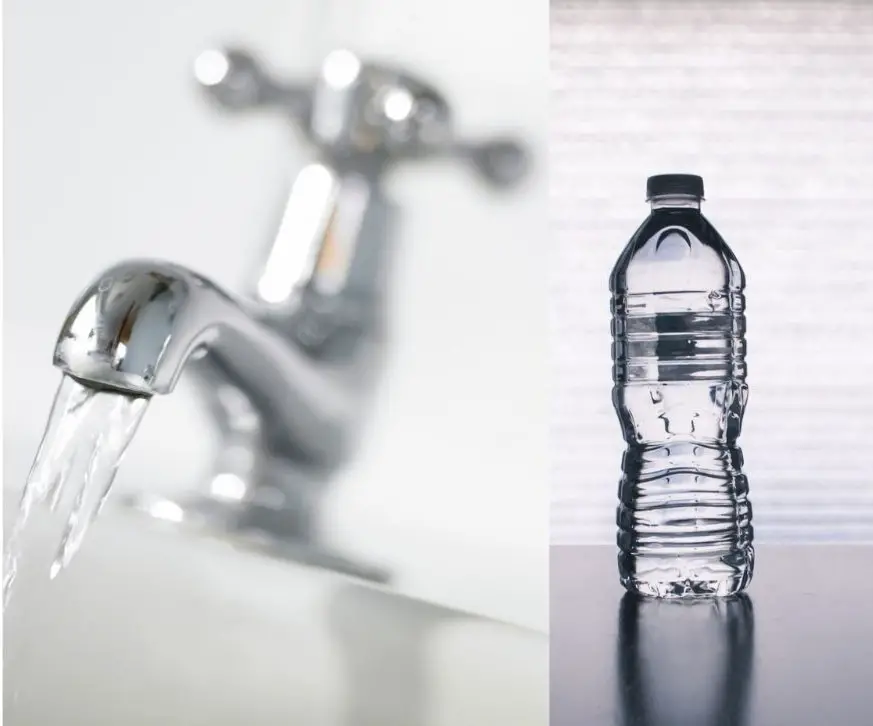Dealing with Disturbed Asbestos in Your Home
If you suspect that asbestos in your home has been disturbed, it’s important to take action right away. Asbestos exposure can lead to serious health issues like mesothelioma, lung cancer, and asbestosis. Here’s what you need to know about dealing with disturbed asbestos in your home.
What to Do if Asbestos is Disturbed
First, leave the area immediately. Disturbed asbestos fibers can remain airborne for a long time, so limit your exposure. Keep others, especially children and pets, away from the area. Do not vacuum, sweep, or otherwise disturb the asbestos material further as this can increase fiber release. Restrict access to the area by sealing it off if possible.
Next, contact an asbestos abatement professional. Do not attempt to handle the asbestos yourself, as special equipment and training is required. Only a licensed professional can properly clean up and dispose of asbestos. Be sure to get a few quotes before selecting a company.
The abatement company will seal off the affected area, remove the asbestos, and thoroughly clean the space using HEPA vacuums and wet cleaning methods. Air monitoring is done throughout the process to ensure safety. Once finished, they will dispose of the asbestos following federal regulations.
Choosing an Asbestos Abatement Professional
When dealing with disturbed asbestos, it’s crucial to involve a licensed abatement professional to ensure safe and effective removal. Here’s a comprehensive guide to help you make an informed decision:
Understanding Asbestos Abatement
Asbestos abatement is a highly specialized field that requires expertise, experience, and the right equipment. Professionals in this field are trained to handle asbestos materials safely, minimizing the risk of exposure to you and your family.
Certification and Licensing
- Check Credentials: Ensure the professional you’re considering is licensed and certified in asbestos abatement. Licenses should be up-to-date and comply with state and federal regulations.
- Insurance: Verify that the contractor has liability insurance specifically for asbestos abatement. This protects you in case of accidental contamination or damage during the removal process.
Experience and Reputation
- Years in Business: Look for a company with a solid track record. Experience often equates to a better understanding of how to handle complex situations.
- References and Reviews: Ask for references and read online reviews. Hearing about other homeowners’ experiences can provide insight into the company’s reliability and quality of work.
Safety Measures and Protocols
- Safety First: Inquire about the safety protocols the company follows. They should adhere to all safety guidelines, including the use of personal protective equipment (PPE), HEPA filtration systems, and proper sealing and ventilation techniques.
- Disposal: Ensure the company follows legal and safe disposal methods for asbestos materials. Improper disposal can lead to environmental contamination and legal issues.
Quotes and Contracts
- Get Multiple Quotes: Obtain quotes from several companies to compare prices and services. Be wary of quotes that seem significantly lower than others, as this could indicate a lack of quality or cutting corners.
- Detailed Contracts: The contract should outline the scope of work, timeline, safety procedures, and disposal methods. Clear communication and detailed contracts can prevent misunderstandings and ensure the job is done correctly.
Communication and Professionalism
- Open Communication: Choose a professional who communicates clearly and is willing to answer your questions. Good communication is key to a successful abatement project.
- Professional Conduct: Observe the company’s professionalism in your interactions. Timeliness, respect, and a helpful attitude are good indicators of a reliable service provider.
Types of Materials that May Contain Asbestos
| Material | Location |
|---|---|
| Pipe and boiler insulation | Basements, mechanical rooms |
| Sprayed-on fireproofing | Structural beams, walls and ceilings |
| Vinyl floor tiles | Throughout home |
| Roofing shingles and siding | Exterior walls and roofs |
Asbestos was commonly used in many building materials prior to the 1980s. If your home was built before then, it’s a good idea to test these materials to see if asbestos is present before doing any renovations or demolition.
 Preventing Asbestos Exposure
Preventing Asbestos Exposure
Here are some tips to avoid disturbing asbestos in your home:
- Leave undamaged asbestos materials alone
- Use care when drilling, cutting or otherwise disturbing walls, floors, and ceilings
- Have asbestos professionally removed prior to renovations
- Use only licensed abatement contractors to handle asbestos
- Regularly inspect asbestos materials and watch for damage
Taking proactive measures can help prevent accidental asbestos exposure. It’s also wise to have your home periodically inspected by a professional. This can identify asbestos issues before they become a problem.
Frequently Asked Questions
How dangerous is asbestos exposure?
Asbestos exposure can cause serious illnesses like mesothelioma, asbestosis, and lung cancer. These diseases often don’t show up until decades after exposure. There is no safe level of asbestos exposure.
Where is asbestos commonly found in homes?
Asbestos can be found in insulation, flooring, roofing, siding, and other materials. Homes built prior to the 1980s are more likely to contain asbestos products.
What should I do if I’ve disturbed asbestos?
Leave the area immediately and restrict access. Contact a licensed asbestos abatement professional to handle the cleanup and disposal. Do not try to handle it yourself.
How do I know if something contains asbestos?
You can’t tell just by looking. To identify asbestos, a sample must be analyzed by a qualified lab. Many home inspection services can test suspect materials.
Can I remove asbestos myself?
No, asbestos removal should always be done by licensed abatement professionals. Improper removal can dangerously increase asbestos exposure.
How much does asbestos removal cost?
Costs vary depending on the amount of asbestos present. On average, asbestos abatement costs $1,000-$5,000+. Get quotes from several companies.
How can I avoid asbestos exposure?
Leave undamaged asbestos alone, use caution when renovating, and have a professional handle any necessary asbestos removal. Regular inspections can also help detect issues.
For more information, visit the EPA’s asbestos page.

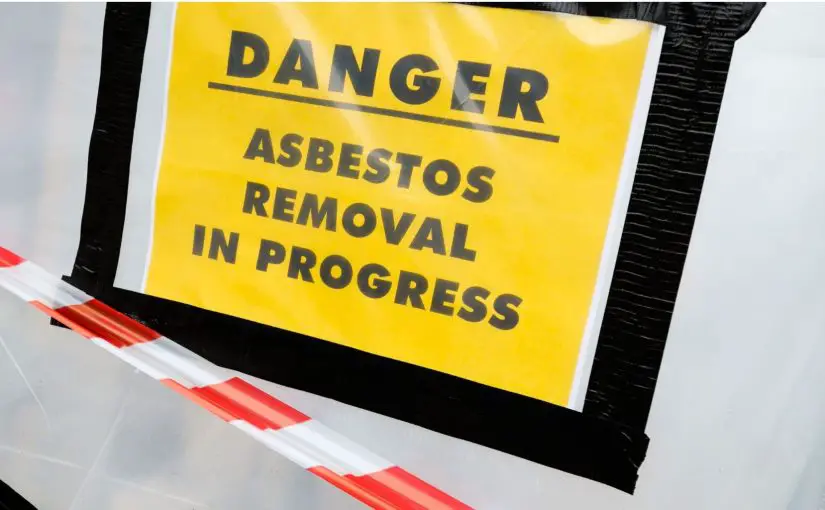
 Preventing Asbestos Exposure
Preventing Asbestos Exposure
 Fan Mode symbol is simply a fan. The fan mode on an AC when set to the “on” position runs the AC fan continuously even when the compressor is off.
Fan Mode symbol is simply a fan. The fan mode on an AC when set to the “on” position runs the AC fan continuously even when the compressor is off. Auto mode on the AC, when set to the “on” position turn the fans on automatically when the AC is is in cooling mode.
Auto mode on the AC, when set to the “on” position turn the fans on automatically when the AC is is in cooling mode.

 Heat Mode on a AC is represented by the Sun.
Heat Mode on a AC is represented by the Sun.

 Ion mode on an AC turns on a built-in ionic air purifier that disperses plasma ions( ions that have both a negative and a positive polarity) throughout your home.
Ion mode on an AC turns on a built-in ionic air purifier that disperses plasma ions( ions that have both a negative and a positive polarity) throughout your home. The Tree symbol on a AC remote is Health Mode. Health mode on an AC is similar to ion mode.
The Tree symbol on a AC remote is Health Mode. Health mode on an AC is similar to ion mode. Swing mode is a setting on some
Swing mode is a setting on some 

 How Window Air Conditioners Use Outdoor Air
How Window Air Conditioners Use Outdoor Air Choosing the Right Air Conditioner for Your Space
Choosing the Right Air Conditioner for Your Space
 Solutions for a Healthier Indoor Environment
Solutions for a Healthier Indoor Environment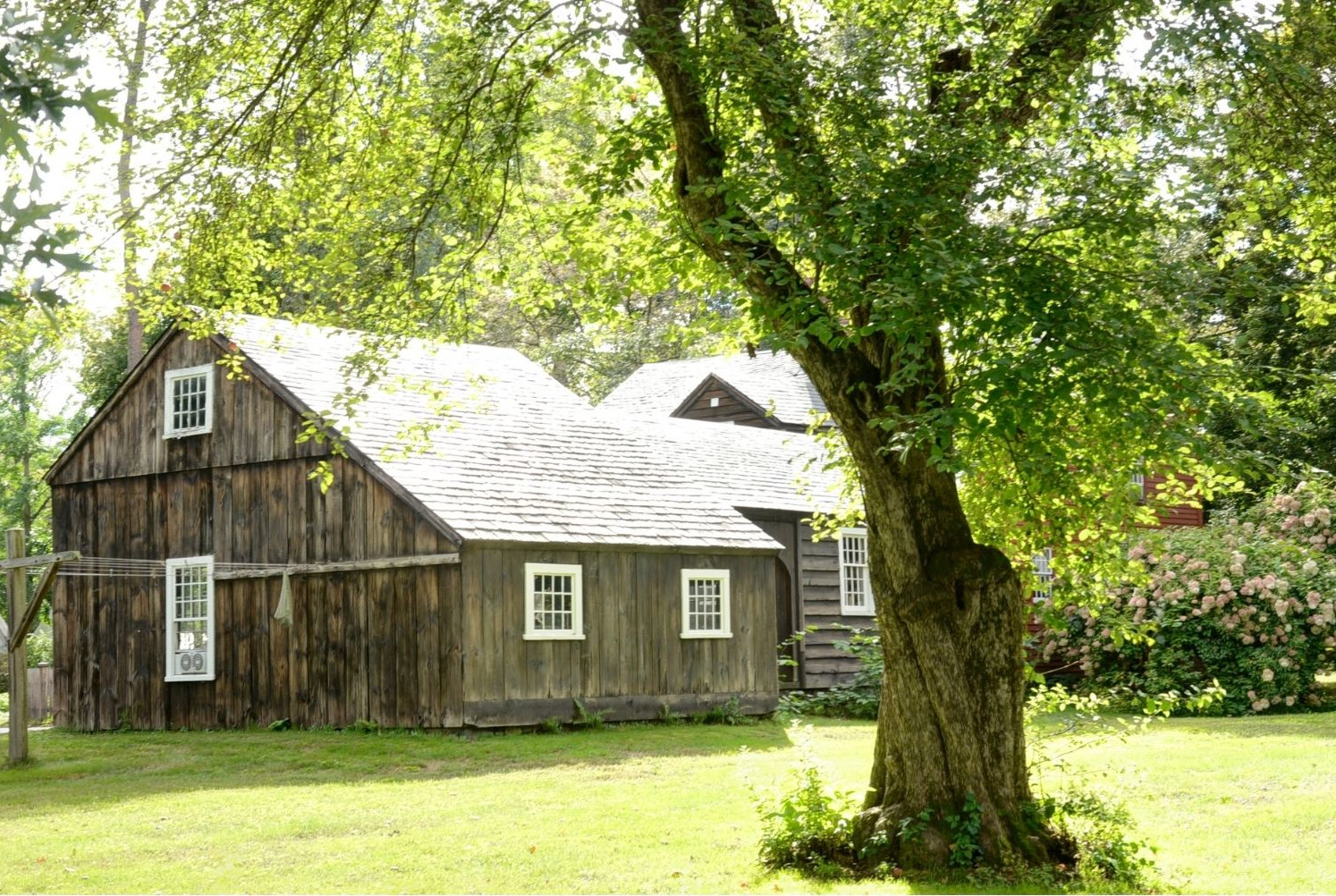
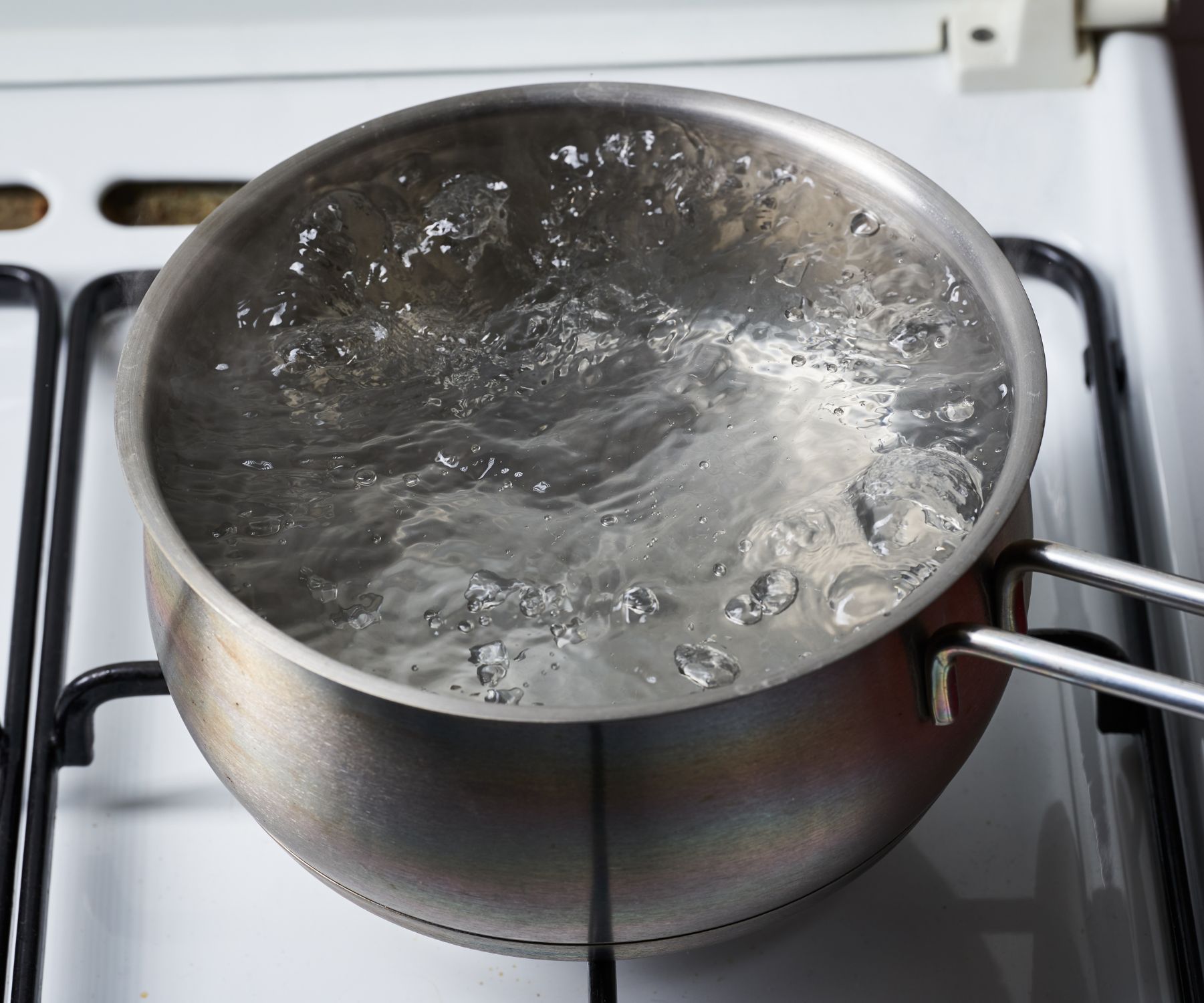




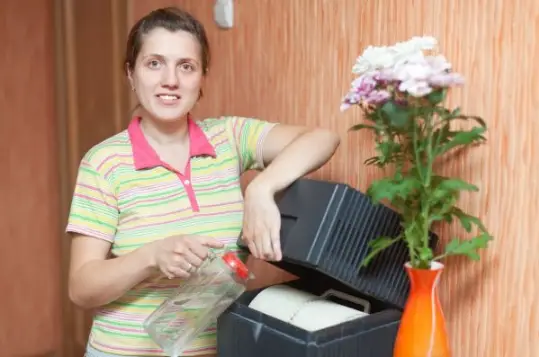
 Humidifier vs. Ionizer
Humidifier vs. Ionizer Recap
Recap

 Honeywell HCM-350 Cool Moisture Humidifier
Honeywell HCM-350 Cool Moisture Humidifier Levoit 6L Cool Mist Top Fill Essential Oil Diffuser
Levoit 6L Cool Mist Top Fill Essential Oil Diffuser Pure Enrichment MistAire Ultrasonic Cool Mist Humidifier
Pure Enrichment MistAire Ultrasonic Cool Mist Humidifier
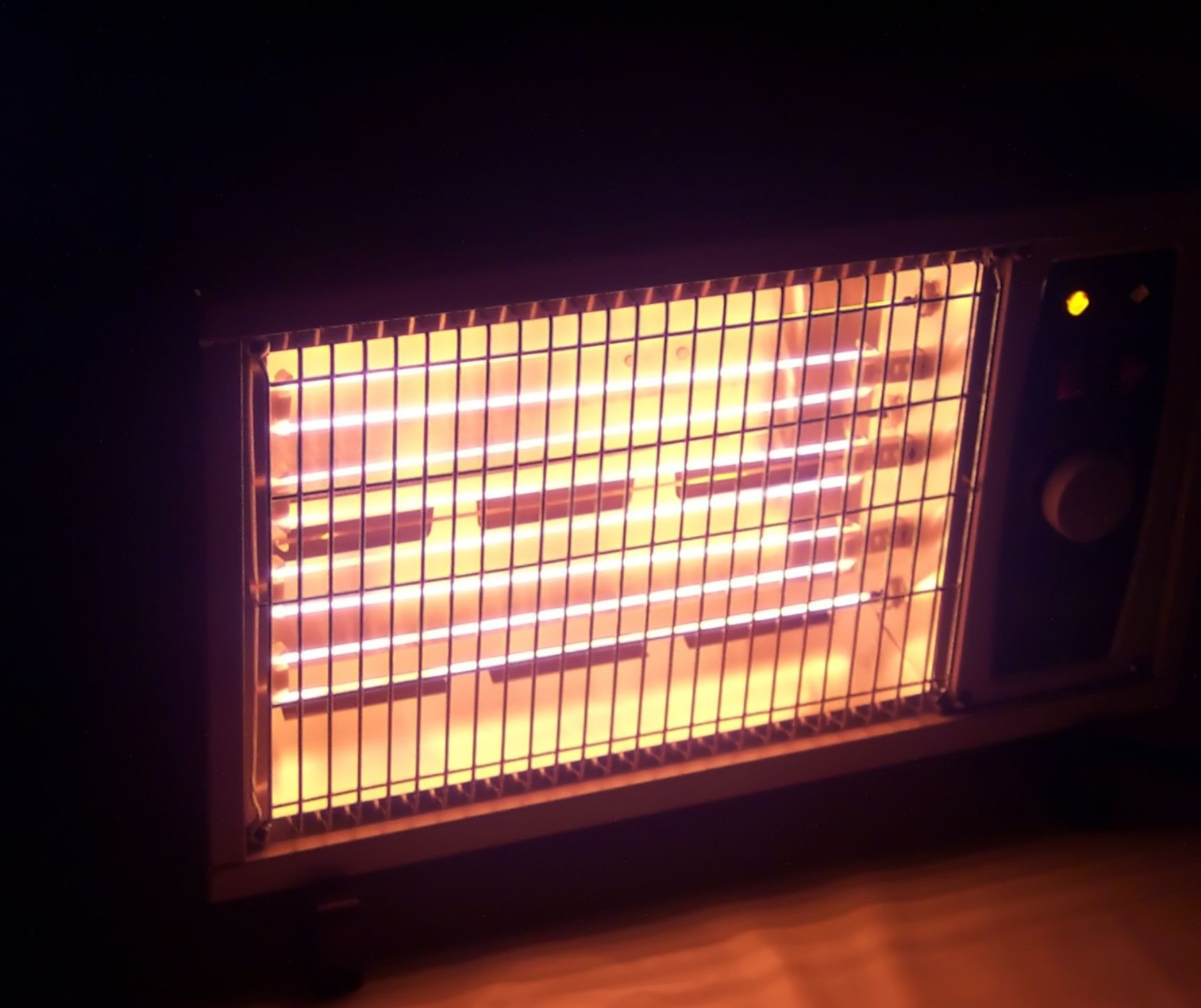
 What are the side effects of an electric heater?
What are the side effects of an electric heater? Disadvantages of a space heater
Disadvantages of a space heater There are good and bad side effects to using an electric space heater.
There are good and bad side effects to using an electric space heater.
 Relative HumidityThe primary figure displayed on a dehumidifier indicates the relative humidity within the room where the device is placed. This is the value you aim to decrease by using a dehumidifier. Maintaining an optimal relative humidity level is essential to prevent issues associated with both excessive and insufficient humidity levels.
Relative HumidityThe primary figure displayed on a dehumidifier indicates the relative humidity within the room where the device is placed. This is the value you aim to decrease by using a dehumidifier. Maintaining an optimal relative humidity level is essential to prevent issues associated with both excessive and insufficient humidity levels. Fan Speed Often depicted by fan blade icons, with varying numbers of blades signifying different speed levels (e.g., one blade for low, two blades for medium, three blades for high).
Fan Speed Often depicted by fan blade icons, with varying numbers of blades signifying different speed levels (e.g., one blade for low, two blades for medium, three blades for high). Modes Some dehumidifiers have different modes, such as continuous mode, auto mode, and sleep mode.
Modes Some dehumidifiers have different modes, such as continuous mode, auto mode, and sleep mode. Timer Some dehumidifiers have a timer that you can use to set it to run for a certain amount of time. This can be useful if you want to dehumidify a room for a short period of time.
Timer Some dehumidifiers have a timer that you can use to set it to run for a certain amount of time. This can be useful if you want to dehumidify a room for a short period of time. Child Lock Prevents accidental changes to the controls.
Child Lock Prevents accidental changes to the controls. TemperatureIf your dehumidifier has a temperature display or control, it will likely use the standard Fahrenheit (°F) or Celsius (°C) symbols.
TemperatureIf your dehumidifier has a temperature display or control, it will likely use the standard Fahrenheit (°F) or Celsius (°C) symbols. Filter Replacement Indicator Indicates that it is time to replace the filter.
Filter Replacement Indicator Indicates that it is time to replace the filter. Power Button Turns the machine on and off.
Power Button Turns the machine on and off. Reset button The reset button can be used when you have error codes, overheating, unexpected shutdowns, etc.
Reset button The reset button can be used when you have error codes, overheating, unexpected shutdowns, etc. Should I run a fan with a dehumidifier?
Should I run a fan with a dehumidifier?